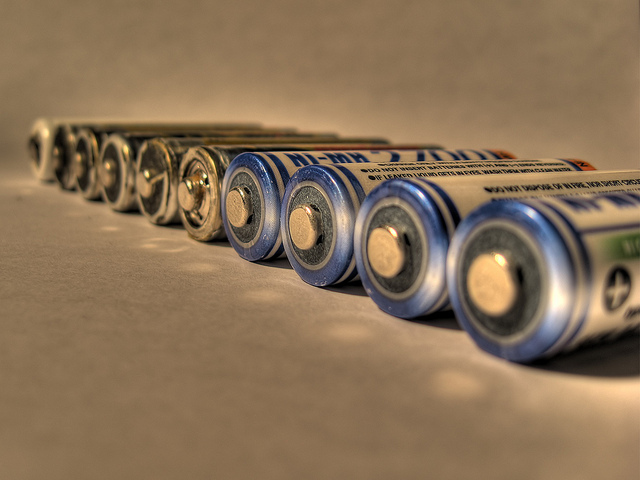
Microbiologists report that they have discovered a new type of natural wire produced by bacteria that could greatly accelerate the researchers' goal of developing sustainable 'green' conducting materials for the electronics industry.

A team of Chinese scientists announced that they have developed a new bright VUV FEL light source. Vacuum Ultra Violet (VUV) light sources are especially useful for sensitive detection of atoms, molecules and clusters.

An entirely new kind of electrical generation system could create abundant clean energy and also dispose of nuclear waste.

A major technological advance in the field of high-speed beam-scanning devices has increased the speed of 2-D and 3-D printing by up to 1000 times.

Researchers at Cornell University have engineered a new magnetic material that could potentially make electronics 100 times "greener". Could this be the dawn of room-temperature superconductors?

The U.K. government has funded an energy storage trial on a wind farm using an electrical innovation: a battery. The new device, a vanadium redox flow battery, is believed to be able to revolutionize the global renewables sector.

Carbon nanotubes are one of the most conductive materials ever discovered. Now, for the first time ever, scientists made a transistor using carbon nanotubes that beats silicon.

The first-ever growth of two-dimensional gallium nitride using graphene encapsulation could lead to applications in deep ultraviolet lasers, next-generation electronics and sensors.

A team of researchers has recently made a critical breakthrough in the pursuit of flexible electronics. The team successfully developed a high-performance magnetic memory embedded on flexible plastic material.
Science fiction is inching closer to reality with the development of revolutionary self-propelling liquid metals – a critical step towards future elastic electronics.

Scientists at TCD have made groundbreaking advances with a new material that may one day be used to build roll-up television screens.

The discovery power of the gene chip is coming to nanotechnology. Researchers have figured out how to make combinatorial libraries of nanoparticles in a very controlled way. Some of the nanoparticle compositions have never been observed before on Earth.

DNA is the fundamental molecule for life on Earth, but it might soon become a key component in the construction of nanoelectronic devices as well.

Even though conducting missing electrons and transparency were considered mutually exclusive, this new material both efficiently conducts missing electrons and retains most of its transparency to visual light.

In the minuscule world of nanotechnology, big steps are rare. But a recent development has the potential to massively improve our lives: an engine measuring 200 billionths of a metre, which could power tiny robots to fight diseases in living cells.